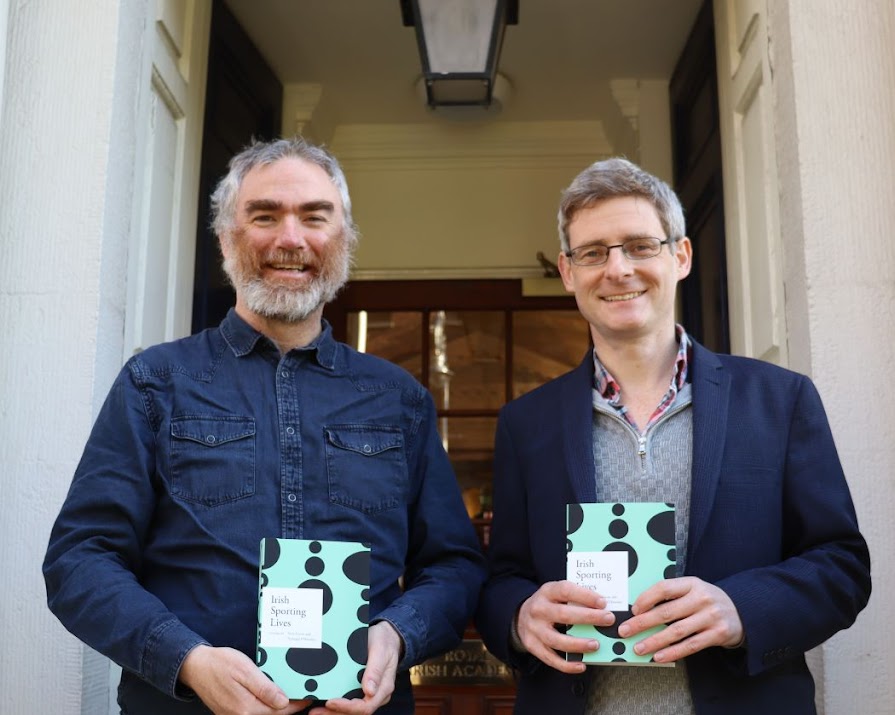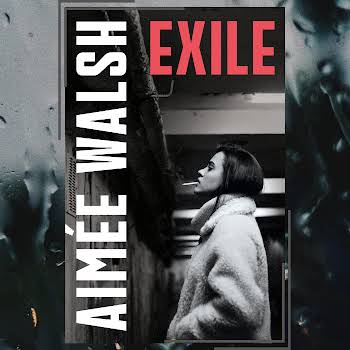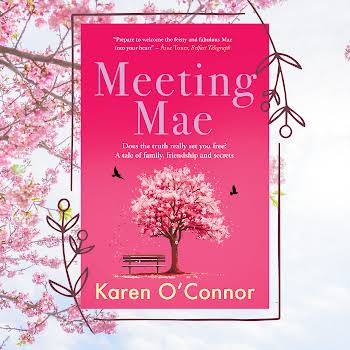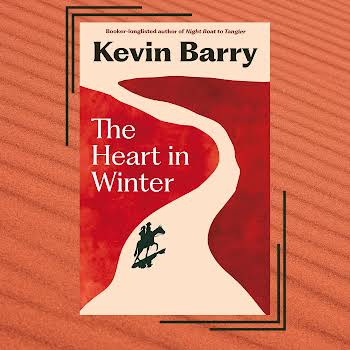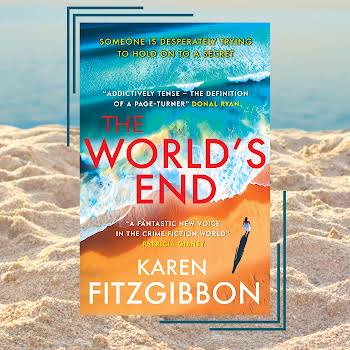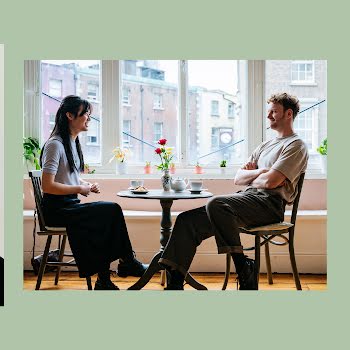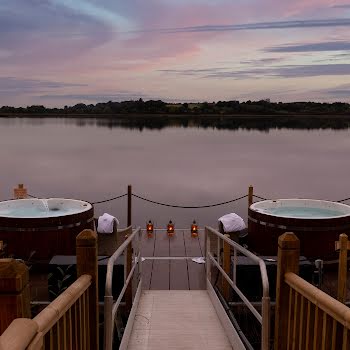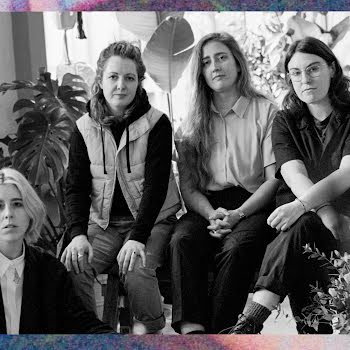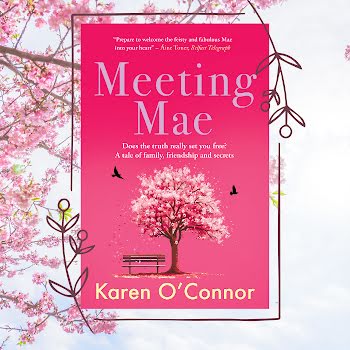Author’s Bookshelf: Turlough O’Riordan and Terry Clavin of ‘Irish Sporting Lives’
By Sarah Gill
28th Jan 2023
28th Jan 2023
Here, we hear from Turlough O'Riordan and Terry Clavin — historians and co-editors of Irish Sporting Lives — on the world of the written word.
Earlier this week, we shared an extract from Irish Sporting Lives edited by Terry Clavin (TC) and Turlough O’Riordan (TO’R). Today we’re catching up with them to hear all about the creative process, what’s on their bookshelves, and the art of literature.
Did you always want to be a writer/author?
TC: I wanted to be a historian first, and the writing came out of that, so for me writing is more of a means to an end, the communication of knowledge. Obviously over time, you learn to appreciate that writing is an enjoyable exercise in and of itself, and it does become a pleasure to hone your craft.
Advertisement
TO’R: I was fascinated by hard-copy reference works as a child, and adored browsing through encyclopaedias. I wanted to become a historian, and writing is the essential means. Looking back, I was also an avid reader of obituaries. How a person’s life is presented to readers is fascinating to me.
What inspired you to start writing?
TC: There’s no point in doing the research if you’re not going to share it!
TO’R: Reading. I grew up in homes filled with books, newspapers and magazines. My dad talked to me about books from a young age, and we continued the conversation (almost daily!) for decades.
Tell us about your writing process.
TC: I try to write in the morning and then do research in the evening. Researching is great, as is editing – I like polishing a rough draft – but getting that first draft down can be excruciating.
Advertisement
TO’R: During the pandemic I reverted to paper and pen for early drafts. I try to edit, revise, review (reading aloud for flow and meaning) – and repeat – as much as possible. I generally write and edit in the morning, and research in the afternoon. In many ways the harder you work at writing, the more enjoyable (and less painful) it gradually becomes. It took me a long time to realise there are no short cuts.
Where did the idea for this book come from?
TC: It’s part of a series of themed volumes drawing upon the Dictionary of Irish Biography (DIB). We had long been planning a sporting volume at some stage and when the DIB had a publishing pause during the Covid lockdown it gave us the time to push this project through. The sixty lives featured span a range of sports and eras. It’s not a selection of the greatest Irish sportsmen and women, though there are plenty of those included, but rather an attempt to bring together a collection that would be varied and interesting, and failure is often more interesting than success. There are plenty of colourful, if not to say, infamous, characters.
TO’R: It was envisaged after the original Dictionary of Irish of Biography was published in 2009. In 2020 we set to work on identifying lives to include, and began writing and commissioning new lives. The selection represents the incredible range and depth of the Irish sporting experience.

What did you learn when writing this book?
TC: That it’s hard to get hold of publishable photographs and that research into the history of Irish sport has really taken off in the last fifteen years or so. Above all, it brought home to me how fleeting sporting fame can be. Many of the people featured had amazing careers but have been largely forgotten.
Advertisement
TO’R: A lot. Chiefly, less is always more, and clarity and precision are worth the work. In direct sporting terms, it became apparent that sports women and men tend to play many sports. Also, the sports they play are constantly evolving, as they always will. The experiences of the sporting women collected in the volume are particularly fascinating. A novel aspect for us was image research, and we are very happy to have eventually found an image of all sixty lives.
Three words to describe your writing process:
TC: Blood, sweat, tears. That’s the honest answer, though you probably hear that a lot so I’m offering “Edit, edit, edit” as an alternative.
TO’R: ‘Overthink, procrastinate, draft’….. or ‘Over-research, procrastinate, delay.’ I can’t decide.
Do you have any quirky habits when writing?
TC: Drinking endless cups of tea, the occasional wail of anguish.
Advertisement
TO’R: Not unless a notable increase in snacking frequency and endemic desk tidying can be so defined. I like to rotate pens through my fingers in a circular motion when I am noodling, a habit I developed in school.

The first book you remember reading is…
TC: Enid Blyton books, Noddy and The Famous five, but The Hobbit was first one to really make an impression.
TO’R: Matilda by Roald Dahl – a wonderful book, in many ways about about the joy of reading. However the first book that gripped me was George Orwell’s Animal farm.
Your favourite Irish author is…
TC: Flann O’Brien
Advertisement
TO’R: Hard to pick one… I’ll go for Flann O’Brien.
The book you gift everyone is…
TC: At the moment, it’s Irish Sporting Lives.
TO’R: Usually Mario Vargas Llosa’s The feast of the goat, however recently I am gifting Irish Sporting Lives !
Three books everyone should read:
TC: I’m not brave enough to offer a definitive list but three non-fiction books that impressed me were: Hugo Young, This blessed plot; Christopher Clark, The sleepwalkers; and John Gray, Straw dogs.
Advertisement
TO’R: I don’t read much fiction, but John Kennedy Toole’s Confederacy of Dunces and John Steinbeck’s East of Eden both live long in the imagination. I read Peter Watson’s The German genius this past spring. The range of knowledge presented, the overarching panorama and the cogent analysis, are all truly compelling

Do you listen to music when you write?
TC: Never.
TO’R: Instrumental Jazz, Hip Hop, and Electronica (as vocals are a distraction), though only when researching in the newspaper databases.
The best money you ever spent as a writer was on…
TC: An ergonomic chair.
Advertisement
TO’R: Bic orange fine ballpoint black pens – cheap, reliable and incredibly comfortable to write with.
The three books you’d bring with you to a desert island are…
TC: I would cheat by bringing two multi-volumed works, Thomas Macauley’s History of England and Edward Gibbons’s The history of the decline and fall of the Roman Empire, both purely for the writing; and I’d also take something funny, maybe Scoop by Evelyn Waugh.
TO’R: If I may cheekily bring multi-volume works …. The entire Oxford English Dictionary, The complete diaries of Samuel Pepys (9 volumes, Lathan & Williams (eds.)) and John Aubrey’s, Brief Lives.

A quote you love is…
TC: There is one from A people’s tragedy: the Russian revolution by Orlando Figes. After recounting an incident in the run up to the October 1917 revolution where a Bolshevik official grandly dismisses the demands of a mob of angry, but ultimately subservient, workers, Orlando Figes writes ‘This was one of the finest scenes of the whole revolution – one of those rare moments in history when the hidden power relations are flashed up on to the surface of events and the broader course of developments becomes clear.’
Advertisement
TO’R: I read Vasily Grossman’s Stalingrad a few years ago, in the 2019 English translation. It blew me away. In one of the many very fine descriptive sequences, presenting changes in Moscow society over 1941–42, Grossman notes: “Conditions had changed, and so had people’s attitudes. An extreme flexibility of thought, to keep up with the demands of the moment, is the defining characteristic of the philistine and the petty-minded.”
The book you always return to is…
TC: A.J.P. Taylor’s The first world war: an illustrated history. It’s the book that made me want to be a historian so that sentimental appeal keeps bringing me back. It’s also a terrific read.
TO’R: David Simon, Homicide – which stands comfortably among the finest work of reportage. I was drawn to it by the TV series The Wire, which Simon co-wrote with Ed Burns. Homicide is the genesis of The Wire, and I recommend both to people frequently.
Seeing your book in shops is…
TC: A relief and a pleasure
Advertisement
TO’R: A delightful honour.
One book you wish you had written is…
TC: The second volume of Stephen Kotkin’s life of Stalin. He does a fantastic job of weaving the different strands of Stalin’s life and career into a chronological narrative – a perennial problem for anyone working for the DIB. You get a real sense of how Stalin (like any ruler) had to juggle myriad problems every day and the sheer amount of work he had to get through. The final section detailing the run-up to Hitler’s invasion of the Soviet Union reads like a thriller.
TO’R: Joseph Conrad’s Nostromo because it is so damn captivating. The incredible characters, presented over a broad vista, really engage the reader.
How do you use social media as an author?
TC: I don’t, though the DIB has an excellent Twitter account (https://twitter.com/dib_ria) masterminded managed by our colleague Niav Gallagher.
Advertisement
TO’R: I don’t, as wise birds don’t tweet.
Should books be judged by their covers? How did you pick yours?
TC: No way! Our striking cover was the work of the RIA’s brilliant graphic designer Fidelma Slattery. It’s part of an established style for the series of themed DIB publications.
TO’R: Well, rightly or wrongly, they certainly are. Our superb in-house designer, Fidelma Slattery, created the cover and the accompanying design language for the volume, which forms part of an ongoing series.
Do you find it hard not to procrastinate when writing?
TC: Very hard. You convince yourself you need to do just a bit more research when you should just start writing.
Advertisement
TO’R: Very. Recognising this is half the trick.
The best advice you’ve ever gotten is:
TC: When writing history, open with a specific event – Luther nailing his 95 theses to the church door or what have you – and go forward from there, referring to past events where the narrative demands it. Otherwise, your starting point can recede further and further back in history, as you go looking for root causes.
TO’R: Be humble enough to seek it out.











